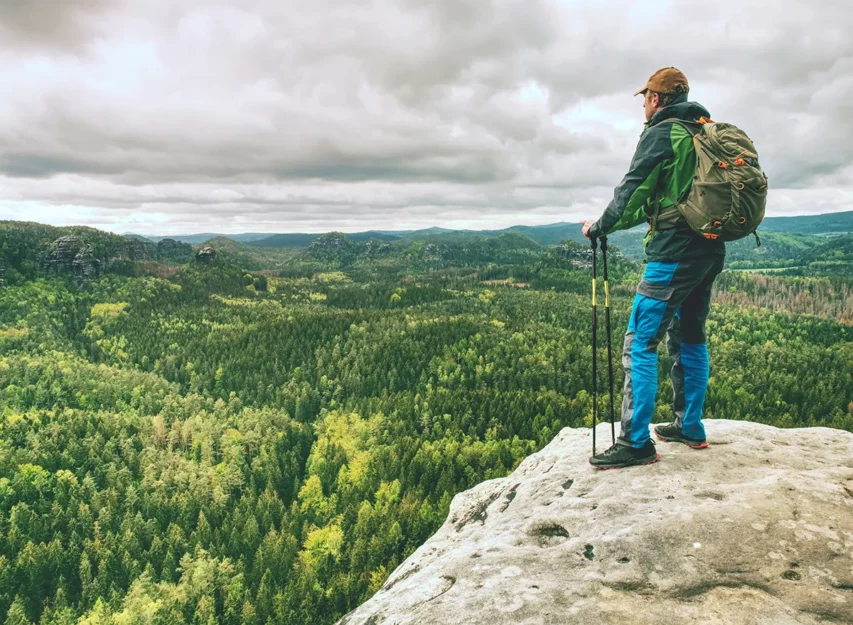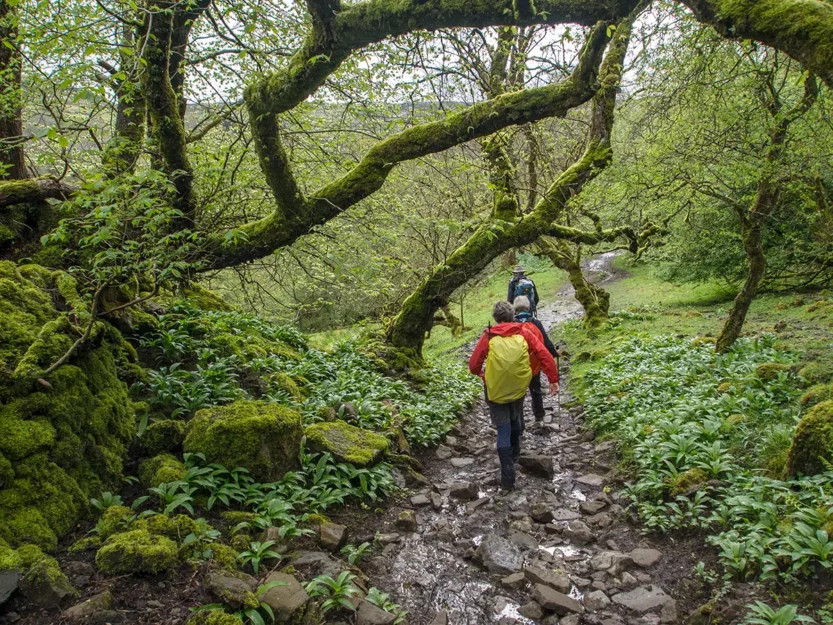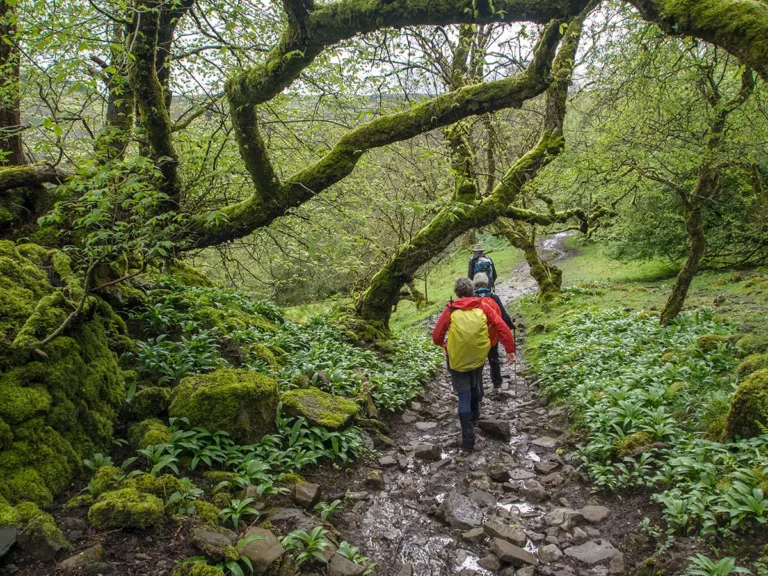We all love technology, but the compass has guided explorers for centuries. When a GPS fails, using a compass on your hikes can be a lifesaver.
Thousands of years ago, humans first observed that a certain kind of metal floating on a leaf in a pond would always orient itself to point in a particular direction. Only a few centuries ago, it was discovered that the Earth’s magnetic field is responsible.
The Earth is somewhat like a very large bar magnet.
The old-fashioned practice of using a compass is rapidly giving way to GPS (Global Positioning System) navigation. But, compasses are still often cheaper, and it’s a good idea for hikers to be familiar with how to use one.
That knowledge has evolved to become incorporated into modern compasses which are often very sophisticated.

Understanding the compass
A good compass will have a very detailed and accurate set of degree lines. Most will have the North-pointing tip painted red to make it easy to distinguish from the South-pointing tip.
Very few will point to true geographic north. The difference is called magnetic declination.
A thousand miles away from the North pole, there’s a large concentration of ore under the Earth’s surface that causes the needle of a compass to deviate from the direction determined by the Earth’s magnetic field.
Some compasses have mechanisms that allow you to adjust for this. To know how much to adjust, you’ll have to consult local maps.
For most areas, the differences are minor and you care mostly about which way you are heading, not the absolute direction. So, you can adjust visually by just tilting the map a little bit and not paying too much attention to true north.
Using a compass
When using a compass on your next hike, find a landmark around you that you can locate on the map. Draw a line from your chosen object to the point where you are.
Find another 45 degrees or more from the first and draw another line. Always use a pencil, you’ll want to re-use your map. Where they intersect is a good approximation to your present location.
Using a compass, you can orient yourself approximately by combining what you see on the dial with some basic knowledge.
The sun rises in the East and sets in the West. So, early in the day, face the light and you’ll be facing (approximately) East.
Similarly, face the sun late in the day and you’ll be facing West.
Depending on your latitude you can be off. Obviously if you face west, East is at your back. Draw an imaginary line along that direction and compare with the compass.
No single reading is definitive, but the more facts you include, the better off you’ll be. Often, just knowing the general direction you are or want to travel is tremendously helpful.
Final thoughts
Climbing up and down hills and winding trails is disorienting, especially for beginner hikers. Knowing the approximate direction back to your desired location can help keep you from getting lost.
Whenever you step off the hiking trail, be sure to note the direction you are going when you do.
Keep track of any twists and turns you make. That way, if you lose your direction, and can’t find the trail again, you can use your compass to help get you back.








